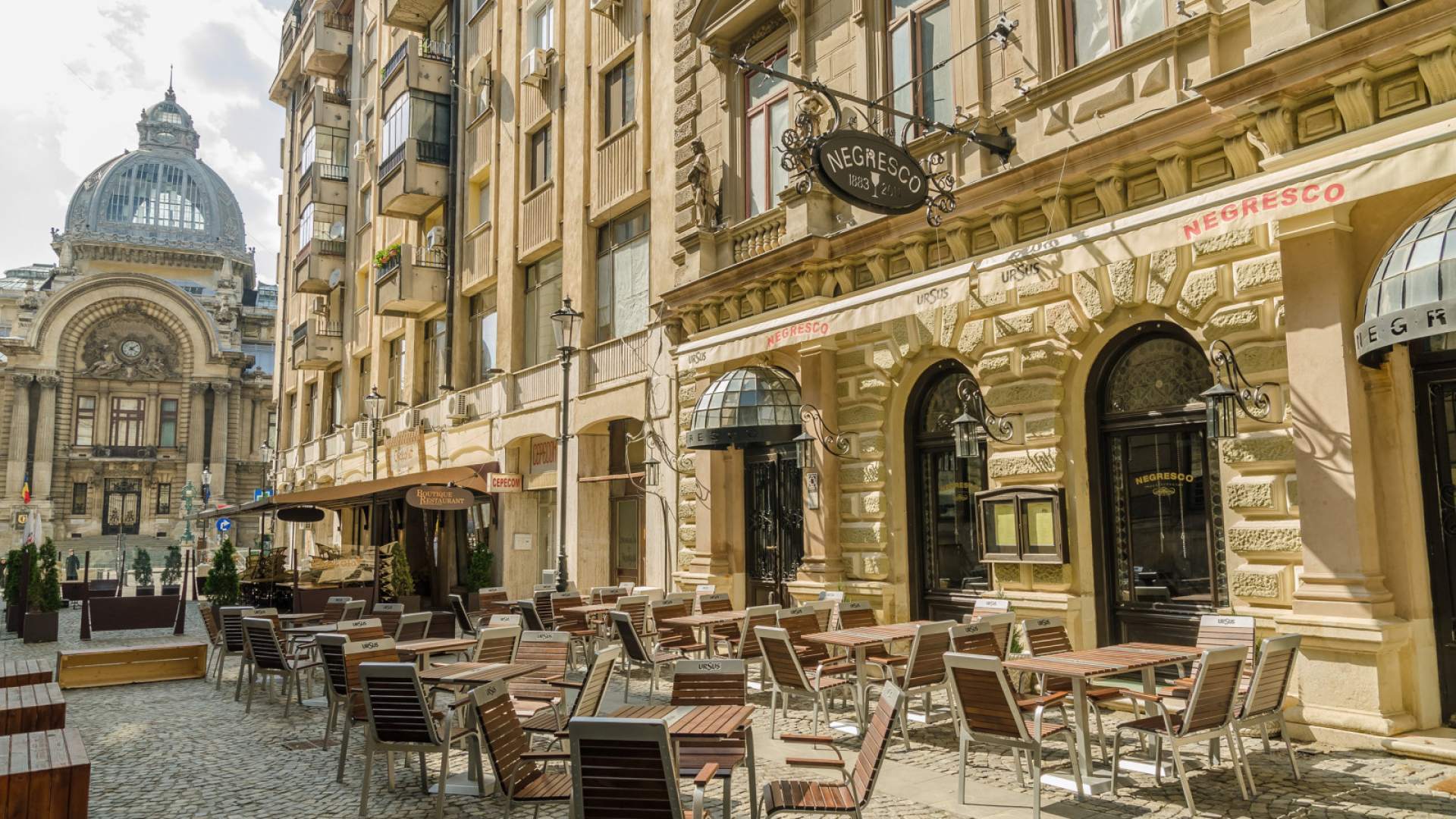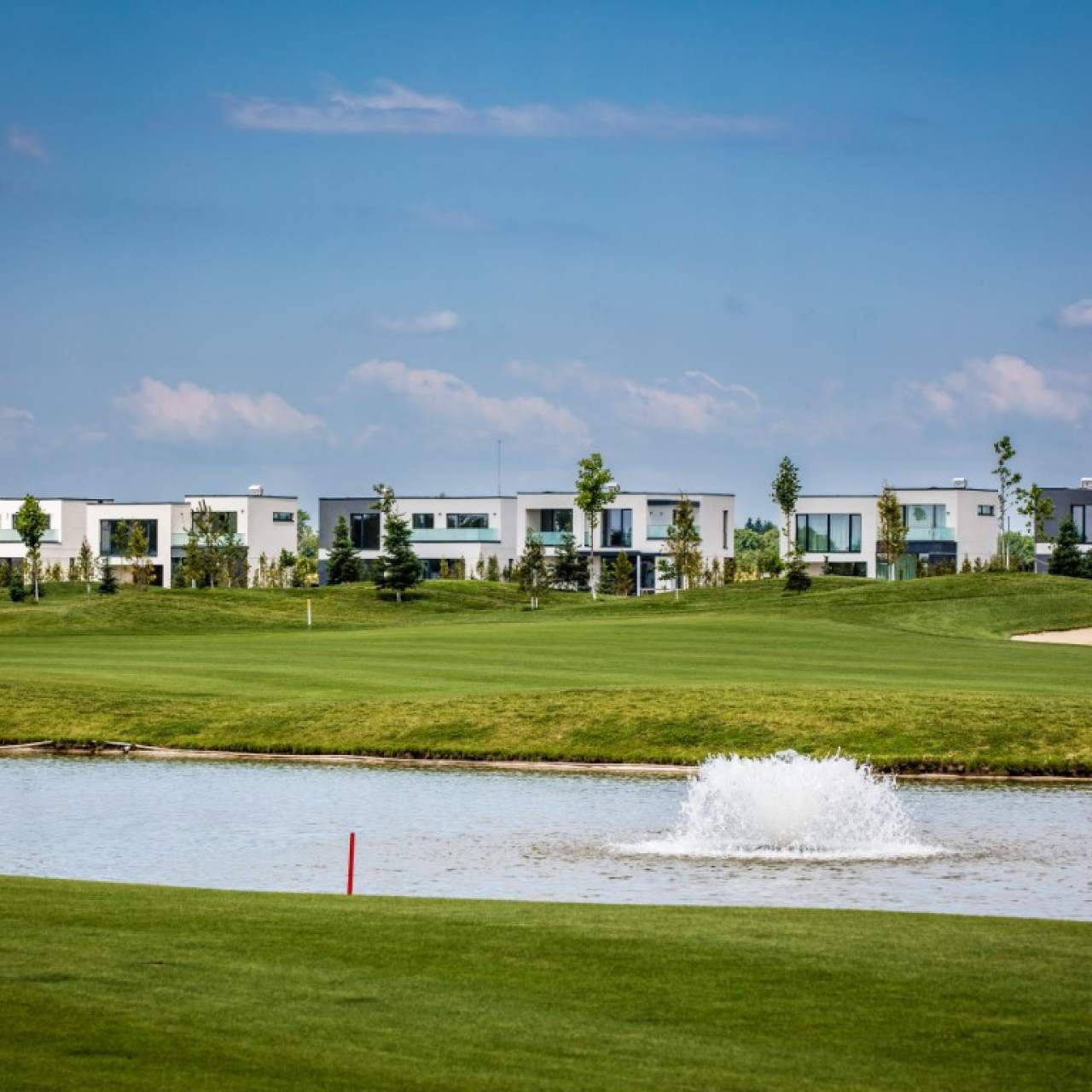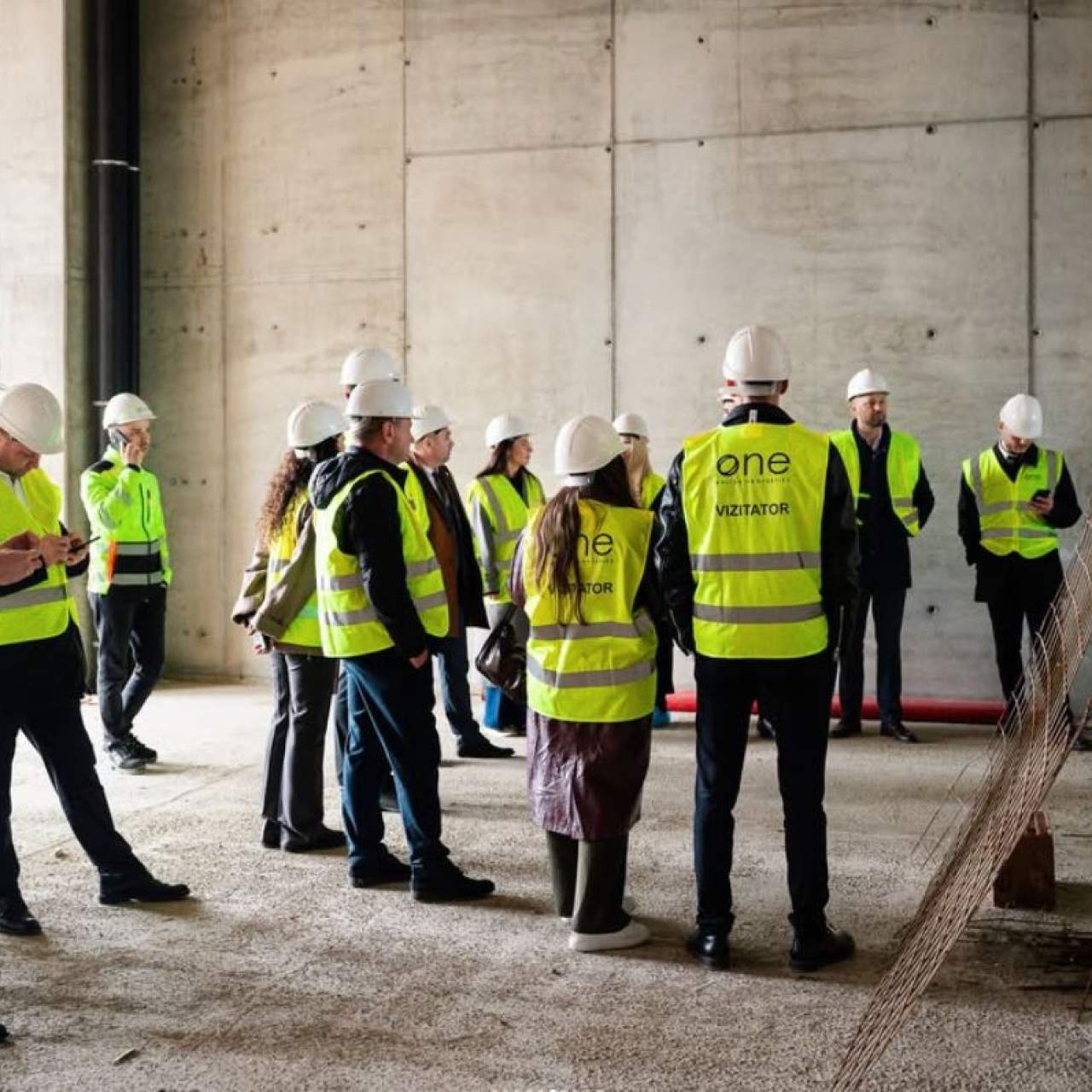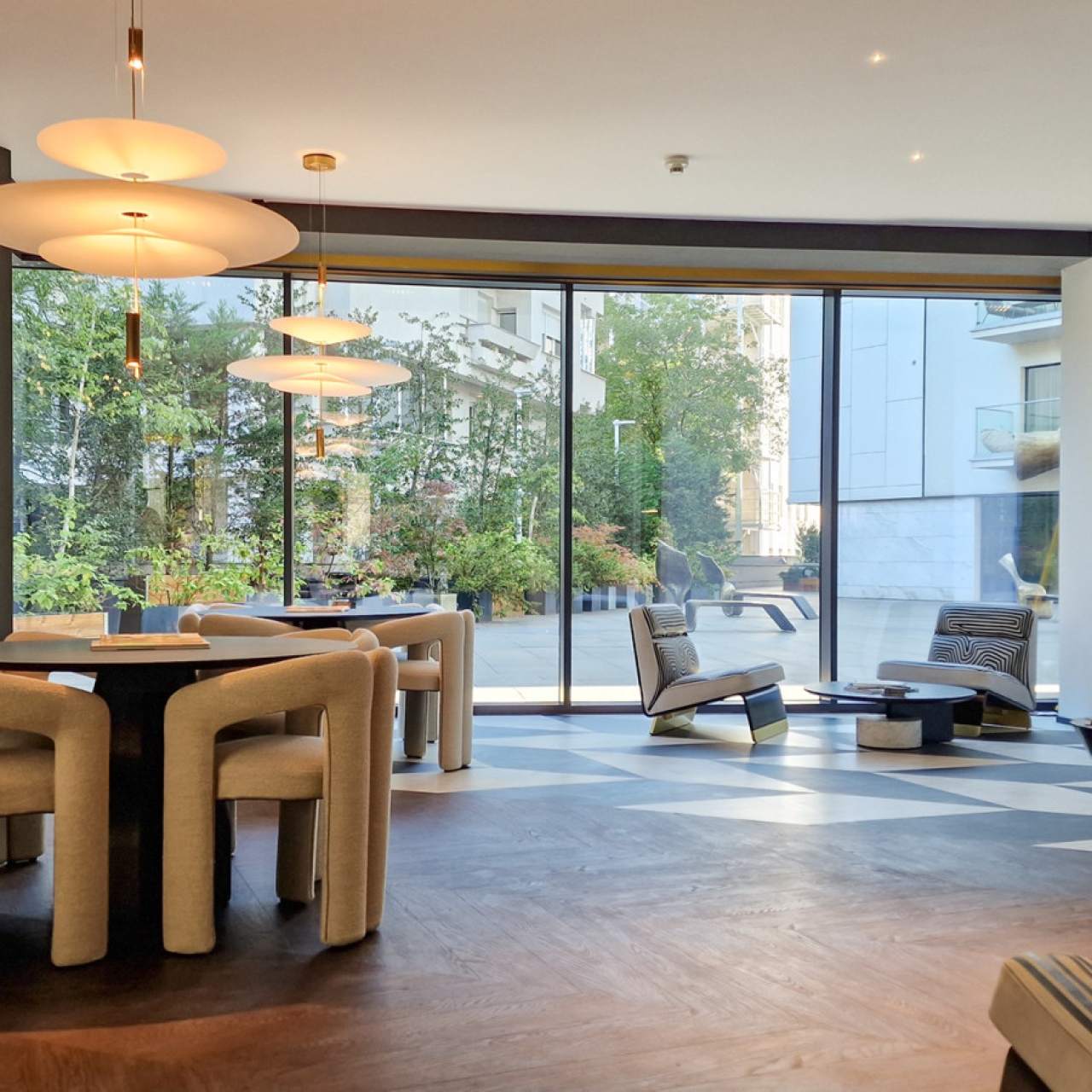
Walking through the Old Town
Although many see it as a pole of entertainment, the Old Town of Bucharest has special importance in the history of the city. Proof of this are the centuries-old landmarks that we can find in this area.
What cultural heritage is sprinkled on its streets?
When we talk about the objectives of the Old Town, we can only begin with the story of the Royal Court in Bucharest. According to the documents found during archaeological research, its limits were once formed by the current streets of Halelor, Șelari, Lipscani, Bărăției, and Calea Moșilor. It has its origins in the time of the ruler Mircea cel Bătrân, who, in the 14th century, ordered the construction of a fortress with brick walls, protected by a defence ditch. Inside, houses with reception halls, royal chancelleries, gardens, and stables had been set up. Vlad Țepeș will be the one who, following the model of the Târgoviște fortress, will transform it into a royal residence. After several changes of leaders of Wallachia, during which time the Royal Court suffered significant damage, it was restored by Basarab cel Tânăr with the help of craftsmen from Brașov. In 1775 it was renamed Curtea Veche (The Old Court), during the reign of Alexandru Ipsilanti. In the 18th century, because of natural disasters, the fortress was destroyed. A new ensemble called Curtea Nouă (The New Court) was built in its place, which in turn burned in 1812. Today, only the ruins of the former Royal Court remain, which is a protected archaeological area.
Another historical objective in the Old Town is Hanul lui Manuc (Inn of Manuc), completed in 1808, today a historical monument. Named after the Armenian merchant Manuc-bei, the inn was built on land that had been part of the Royal Court, which he had bought along with other estates. In the past, on its premises, there were more than 100 guest rooms located upstairs, numerous cellars, shops, rooms for servants, several kitchens, two lounges, a tunnel with a capacity of about 500 people, and an inner courtyard, where a cafe operated. With the death of Manuc, the inn will have several owners over times. Partially destroyed in the earthquake of 1831, it is taken over by Lambru Vasilescu three decades later. He will rename it the Great Dacia Hotel, while also bearing the cost of repairs. For a while, various social events, theatre performances, and masquerade balls were organized here. Very important political meetings were also held inside the famous inn. The Treaty of Bucharest (1812) was also signed here, too. The building has undergone a number of major restorations, most recently in the 1990s and 2009. Today, the restaurant of the same name operates on the site of the former inn.
Another traditional restaurant in the Old Town is Caru' cu Bere, which opened in 1879. The architecture of the building is in the neo-Gothic style and its plans were signed by architects Zigfrid Z. Kofczinski and Al. Pesch. Among the most representative elements is the vaulted ground floor, embellished with stained glass windows, mosaics, and carved panelling.
A little further from the alleys full of clubs, the Old Town also host the first hospital in Bucharest - Colțea - opened in 1704 inside the monastery of the same name, at the request of Mihai Cantacuzino. Built on the model of a Venetian hospital, the initial utility of the space was the care of the poor. Partially destroyed in a fire in 1739, the hospital was rebuilt, along with the church, to be destroyed again by an earthquake in the early 19th century. In 1836 architects Conrad Schwink and Faiser were commissioned to draw up plans for a new hospital, completed six years later. Over time, important names in Romanian medicine, such as Nicolae Cretulescu professed here.
The Old Town does not lack religious places and the best known are the churches of Stavropoleos and St. Anthony, but also the church of St. George-New. The first Romanian bookstore was opened in its yard almost two centuries ago. In the square in front of it there is the monument Kilometre zero, the result of a collaboration between the sculptors Octav Doicescu and Constantin Baraschi, which marks the central point of the city.
While not having a similarly rich history, Cărturești Carusel bookstore is also a real tourist attraction. Opened in a 19th century building, the six floor building totals an area of 1,000 square metres. A bistro and a gallery for contemporary art are to be found inside as well.
Another historical monument in the area is the Macca-Villacrosse Passage, built on the site of the former Villacrosse Inn, in the shape of an elongated horseshoe. Its central element is a roundabout protected by a coloured glass roof.
Data for this article was obtained from wikipedia.org, carucubere.ro, hanumanucrestaurant.ro, and muzeulbucurestiului.ro. Photo credit: ©radub85/123RF.COM
Inspired by the article?
Explore apartments in neighborhoods worth discovering:


